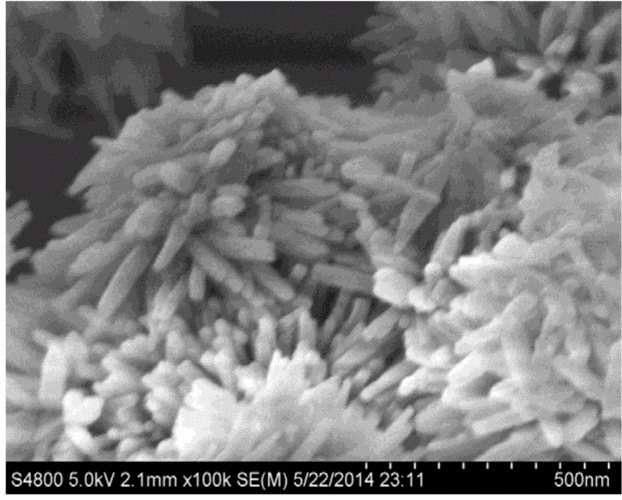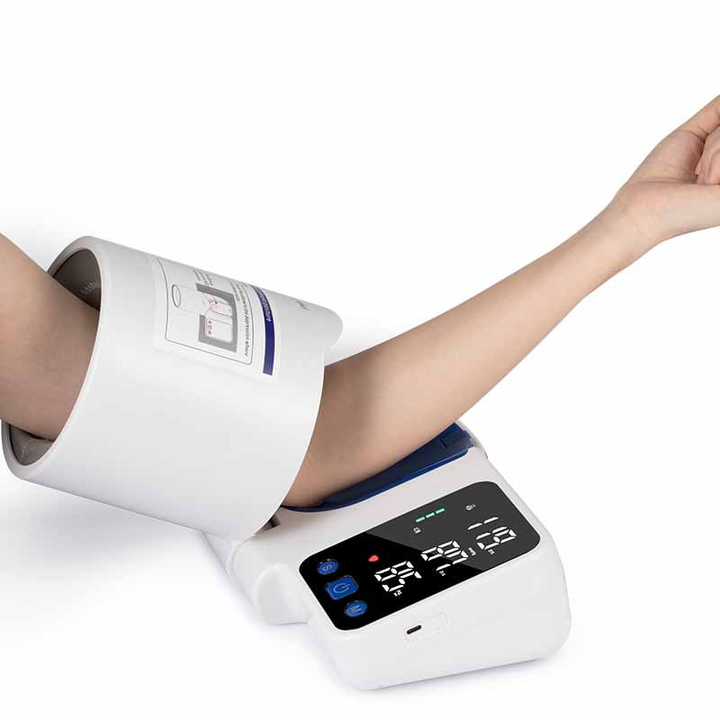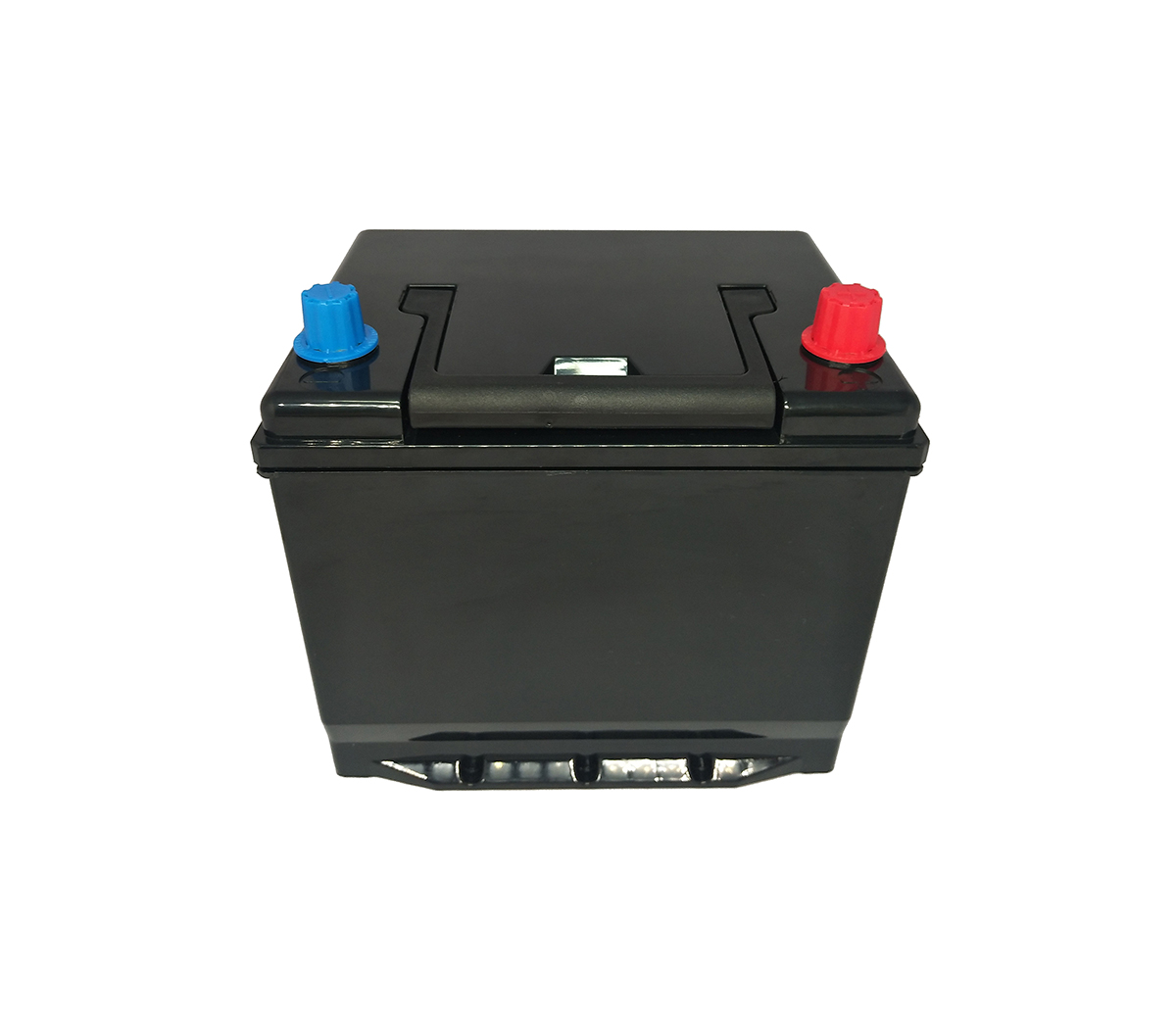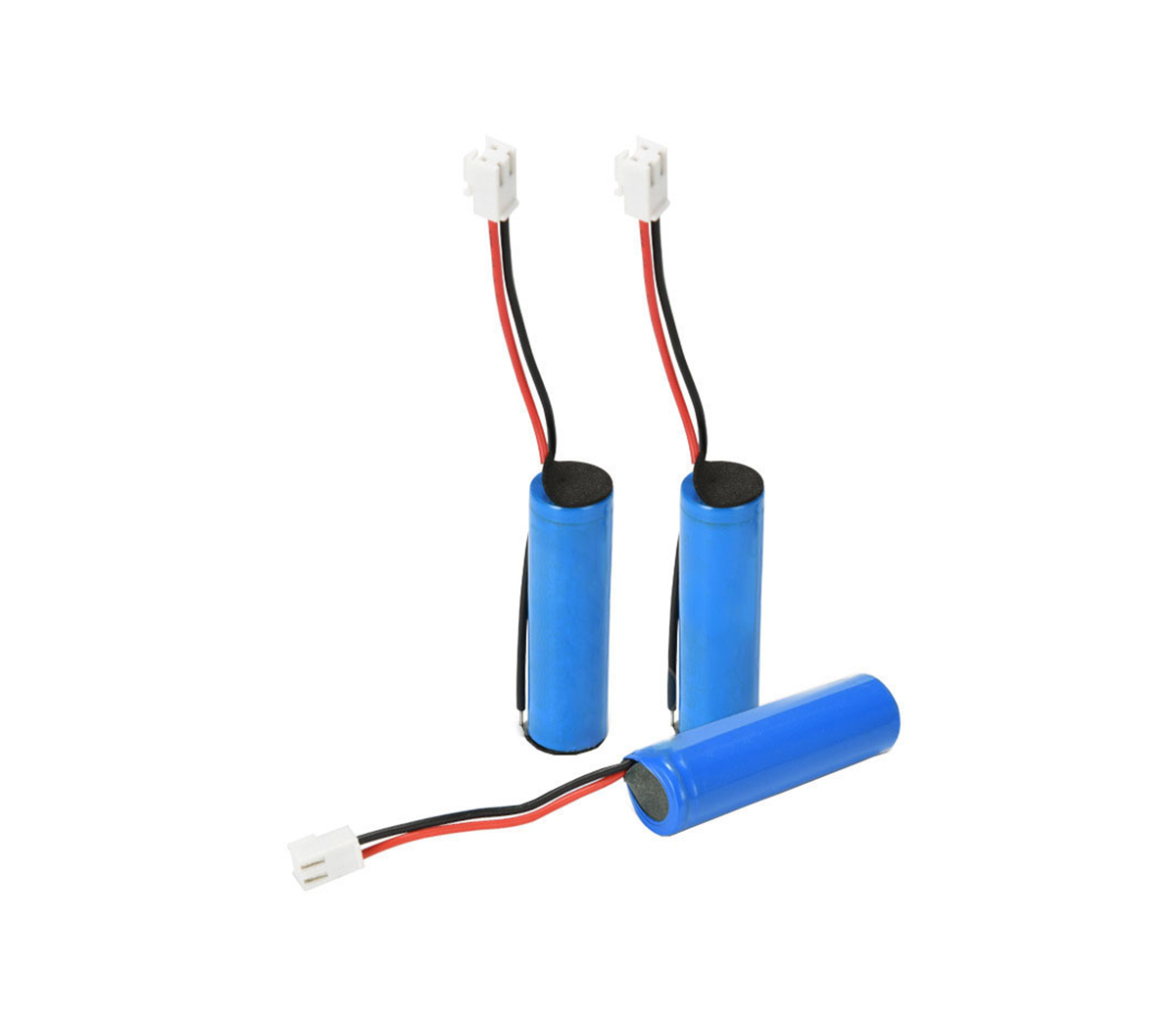Is lithium iron manganese phosphate battery an upgraded version of lithium
iron phosphate battery? What features does it have?
As a senior practitioner in the lithium battery industry, SES Power has
been paying attention to the development of new lithium-ion batteries. Because
of its excellent safety and low-cost advantages, lithium iron phosphate
batteries have formed advantages over traditional ternary lithium batteries in
many fields, such as electric vehicles, energy storage systems, lead-acid
replacement, and so on. SES Power's products made of square aluminum-shell
lithium iron phosphate cells account for 90% of our total shipments, such as
lead-acid replacement products 12V100Ah, 24V100Ah, 12V200Ah, 3kwh, 5kwh, 10kwh
wall-mounted smart home energy storage systems, racks Type energy storage
system, split combined high-voltage power lithium battery system, polar lithium
battery that can withstand -60 degrees Celsius, starting battery with a starting
current of 2000CCA, customized metal shell lithium iron phosphate battery,
etc.
However, the lithium iron phosphate battery also has its own shortcomings,
such as low energy density ratio, which directly leads to problems such as
excessive volume and excessive weight. Now the lithium battery industry has
launched a new type of lithium iron manganese phosphate battery. Its research
and development and Production is accelerating.

According to reports, many lithium battery companies such as BYD, Gotion
Hi-Tech, and EVE Lithium Energy have indicated that they are researching and
deploying lithium iron manganese phosphate batteries. The reason is very simple.
The energy density of iron-lithium cathode is close to the theoretical extreme
value, and manganese-iron-lithium will become a new growth point for
iron-lithium enterprises: on the basis of both safety and low-cost advantages,
the energy density can be improved.
Before understanding lithium iron manganese phosphate batteries, let's
review the changes in the market structure of lithium iron phosphate batteries
and ternary lithium batteries.
In the initial stage of new energy vehicles, the market share of lithium
iron phosphate in 2014 was 82%. However, due to the higher energy density of
ternary lithium batteries, the market share of lithium iron phosphate batteries
dropped to 32% in 2019, while ternary lithium batteries had a higher energy
density. The installed capacity of lithium batteries reached 62%. In 2020, a
total of 38.9GWh of ternary lithium batteries were installed, accounting for
61.1%; 24.4GWh of lithium iron phosphate batteries were installed, accounting
for 38.3%.
However, the situation will start to change in 2021. On the one hand,
frequent battery spontaneous combustion accidents make consumers have to
re-examine the importance of battery safety. On the other hand, soaring raw
material prices also force auto manufacturers to consider whether to stick to
ternary lithium Battery.
In 2021, the total installed capacity of lithium iron phosphate batteries
will be 79.8GWh, accounting for 51.7%; the installed capacity of ternary lithium
batteries will be 74.3GWh, accounting for 48.1%. In the first six months of
2022, the cumulative loading of lithium iron phosphate batteries reached
64.4GWh, accounting for 58.5%; the cumulative loading of ternary lithium
batteries reached 45.6GWh, accounting for 41.4%. With the expansion of the
market share of lithium iron phosphate batteries, the installed capacity is also
gradually increasing. In the half year of 2022, the installed capacity of
lithium iron phosphate batteries has been close to the installed capacity of the
whole year of 2021, even higher than that of ternary batteries and batteries in
2020. The total installed capacity of lithium iron phosphate batteries is
large.
In fact, the real cost of lithium iron phosphate should be lower than that
of ternary materials, because it does not contain precious metals such as cobalt
and nickel. Although the price of lithium iron phosphate in the market decreased
with the increase of market share, it did not meet expectations. Use a larger
number of cells than ternary lithium batteries.
Lithium Manganese Iron Phosphate (LMFP) batteries are in a sense an
advanced version of Lithium Iron Phosphate (LFP) batteries. It should be
mentioned again here that whether it is a ternary lithium battery or a lithium
iron phosphate battery, it refers to the positive electrode material in the
battery. Musk once made an analogy to the cathode material: the cathode material
can be regarded as a shelf for storing lithium ions. How many lithium ions this
shelf can store determines the energy density of the battery, and the height of
the shelf determines the amount of energy released by the battery.
The "shelf" of lithium iron manganese phosphate has one more "manganese"
than lithium iron phosphate, and manganese is a metal element with very poor
conductivity, which means that the entry and exit of lithium ions in this
"shelf" will not be greatly affected. Therefore, the lithium iron manganese
phosphate battery is guaranteed in terms of safety.
In addition, manganese also has the characteristics of high voltage.
Manganese is added to the cathode material to increase the voltage. Energy
density refers to the energy contained in a unit volume in joules/cubic. Physics
tells us that joules = amperes × volts × seconds, that is, higher voltage means
higher energy density. Generally speaking, manganese-added cathode materials
have higher voltages, such as LMO lithium manganate and NCM nickel cobalt
lithium manganate.
After analysis by SES Power, it is believed that lithium iron manganese
phosphate has 4 advantages as a positive electrode:
1. Lithium iron manganese phosphate has energy density advantages compared
to lithium iron phosphate
The voltage platform of lithium iron manganese phosphate is as high as
3.7~4.1V, which is significantly higher than that of lithium iron phosphate
(about 3.2V). The high-voltage platform can improve the energy density of the
corresponding battery, so the theoretical energy density of lithium manganese
iron phosphate is 15%-20% higher than that of lithium iron phosphate, which can
basically reach the level of ternary battery NCM523, which can provide electric
vehicles with more phosphoric acid. Lithium-iron batteries have higher cruising
range.
2. Lithium iron manganese phosphate has low temperature performance
advantages compared to lithium iron phosphate
The capacity retention rate of lithium iron manganese phosphate can reach
about 75% at -20°C, while the capacity retention rate of lithium iron phosphate
is 60%-70%.
Lithium iron manganese phosphate has safety advantages over ternary
cathodes
3. Compared with ternary, lithium iron manganese phosphate has an olivine
structure, which is more stable during charge and discharge, and has better
safety and cycle stability than ternary.
4. Lithium iron manganese phosphate has a cost advantage
The world is rich in manganese ore resources, and the cost of lithium iron
manganese phosphate is only about 5%-10% higher than that of lithium iron
phosphate. Considering the increase in energy density of lithium iron manganese,
the cost of lithium iron manganese phosphate per watt-hour is slightly lower
than that of lithium iron manganese phosphate per watt-hour. Lithium iron
phosphate, and significantly lower than the ternary battery.
As a firm supporter of lithium iron phosphate batteries, BYD has actually
conducted research on lithium iron manganese phosphate batteries for a long
time. BYD began to explore and upgrade lithium iron manganese phosphate in 2013,
but it was finally rumored that BYD terminated the development of related
technologies in 2016.
CATL also applied for a patent for the preparation method of lithium iron
manganese phosphate as early as 2015. In 2021, CATL will acquire a 15.57% stake
in a lithium iron manganese phosphate material company with an investment of 413
million yuan.
As for the reason why BYD terminated this material, the market speculated
that the processing technology of lithium iron manganese phosphate had
insurmountable difficulties at that time: lithium iron manganese was a
semiconductor, while lithium iron manganese was an insulator, and the particles
of lithium iron manganese were very small, which made the processing technology
route very difficult. It is difficult, and there is currently no unified
technical route in the industry, with high technical barriers.
In terms of production capacity, although LMFP is the evolution of LFP,
because the raw material of manganese is added to LMFP, the entire synthetic
formula needs to be changed, resulting in a huge difference between the entire
production system and LFP. The LMFP production line is difficult to obtain by
transforming the LFP production line, and a new production line still needs to
be built. This investment is huge.
Therefore, even if there is a good improvement in performance, the
input-output ratio is very different, and the marginal economic benefits that
high R&D costs can bring to raw material companies are limited, which may be
the biggest reason for restricting companies to make in-depth investments.
Some companies have begun to consider applying lithium iron manganese
phosphate to the field of energy storage. With its high energy density, high
safety, wide temperature range and low cost, it can expand the application
scenarios of energy storage and accelerate the development of the energy storage
market.
Although there are still various problems, SES Power is still optimistic
about this technical route. Because when the potential of lithium iron phosphate
batteries has been tapped almost and is close to the theoretical extreme value,
updating electrode materials is indeed a conventional upgrade route. However,
consumers are not only concerned about the safety and theoretical capacity of
the battery, but also the charging speed and the actual mileage. And this also
means that it's not enough to just focus on cathode materials. SES Power
believes that it is actually more efficient to prioritize the development of
production processes, such as solid-state batteries. The biggest difference
between solid-state batteries and traditional lithium batteries is the use of
solid electrolytes instead of traditional electrolytes.
Therefore, the comprehensive upgrade of lithium batteries will not only
stop at the positive electrode, but the upgrade of other components and
manufacturing processes will also bring more space for the future of lithium
batteries.



































